Custom Marine Superalloy Parts Factory
Superalloy Marine Parts Manufacturing Services
Neway offers manufacturing processes such as vacuum investment casting, directional and single-crystal casting, precision forging, 3D printing, HIP, CNC machining, and welding. It can produce superalloy marine parts like impellers, exhaust systems, and corrosion-resistant valve components.

Custom Marine Superalloy Parts Manufacturing Solutions
Neway manufactures marine superalloy parts using vacuum investment casting, directional and equiaxed crystal casting, and precision forging for strength and corrosion resistance. Post-processes include Hot Isostatic Pressing (HIP) for structural integrity, CNC machining for precision, and welding for assembling complex components. These methods ensure high durability for marine impellers, exhaust systems, and corrosion-resistant valve parts.
Marine Industry Superalloy Selection Solution
The marine industry relies on superalloys like Inconel, Monel, Hastelloy, Stellite, and Titanium for their corrosion resistance, strength, and durability in seawater environments. These alloys are used in propeller shafts, heat exchangers, valves, pumps, and exhaust systems, ensuring long-term performance under harsh marine conditions. Their reliability reduces maintenance needs, enhancing efficiency in naval vessels, offshore platforms, and underwater equipment.
Marine Parts Post Process and Surface Treatment Solutions
Neway provides post-processing and surface treatments like Hot Isostatic Pressing (HIP) for turbine discs and impellers, heat treatment for propellers and shafts, and CNC machining for precision components like valve parts. Surface treatments such as Thermal Barrier Coating (TBC) and corrosion-resistant coatings are applied to exhaust systems and heat exchangers for enhanced durability in marine environments.
Superalloy Components In Marine Industry
Neway has produced superalloy marine components like impellers, propellers, exhaust systems, and corrosion-resistant valve parts. These are manufactured using processes like vacuum investment casting, directional and equiaxed crystal casting, and precision forging. Post-processing includes Hot Isostatic Pressing (HIP), CNC machining for precision, and surface treatments like corrosion-resistant coatings for durability in harsh marine environments.

learn more
Direct Reading Spectrometer

learn more
Tensile Testing Machine Checking

learn more
X-ray Checking

learn more
Thermal Physical Properties Test Platform
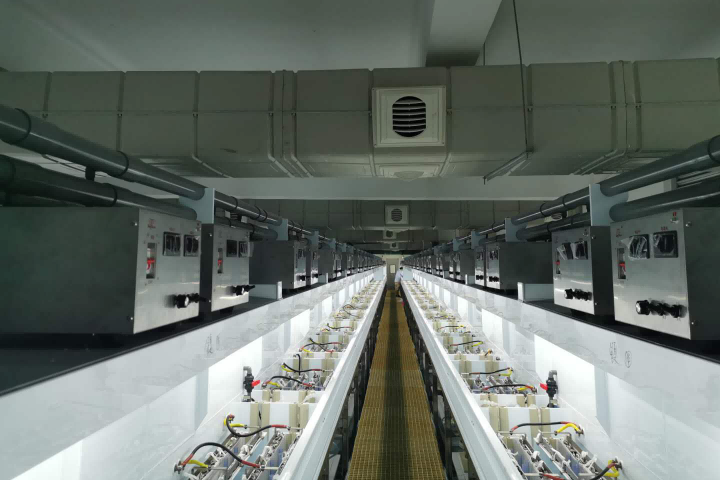
learn more
Corrosion Production Line

learn more
Dynamic and Static Fatigue Tester

learn more
Electron Backscattering Diffractometer (EBSD)

learn more
Inductively Coupled Plasma Optical Emission Spectrometer (ICP-OES)

learn more
3D Scanning Measuring Instrument Checking

learn more
Coordinate Measuring Machine (CMM)

learn more
Glow Discharge Mass Spectrometer (GDMS)
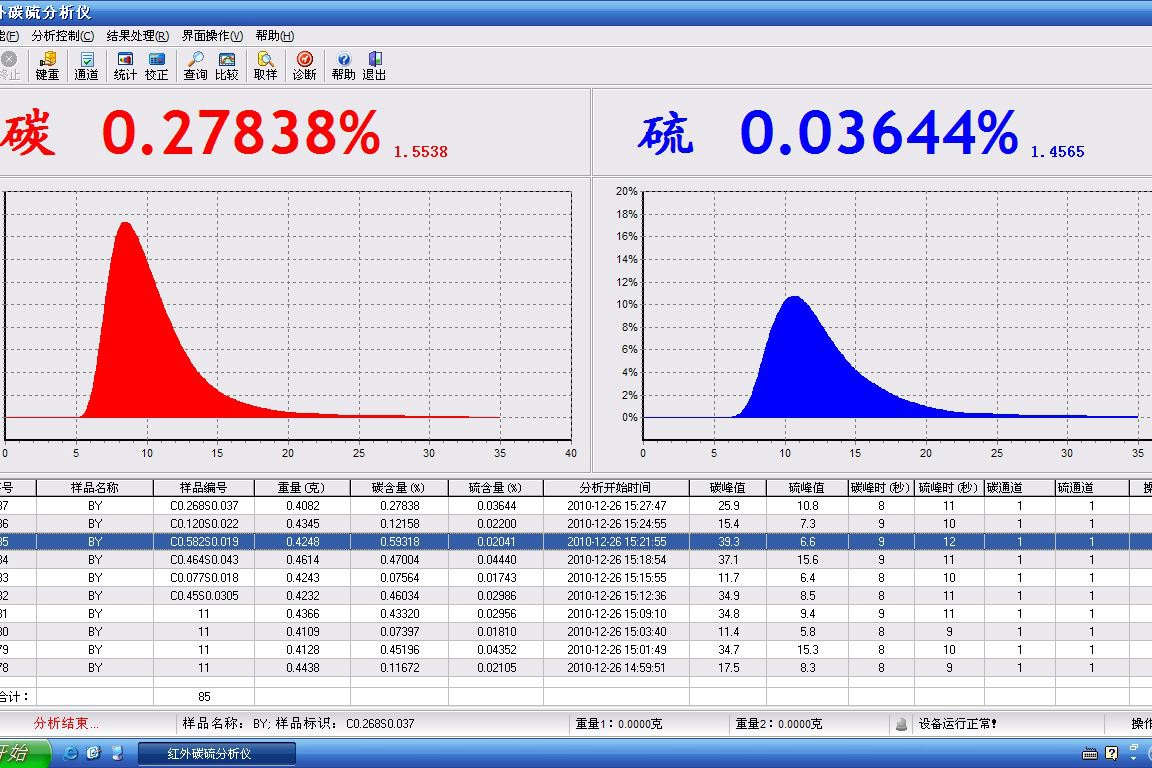
learn more
Carbon Sulfur Analyzer Checking
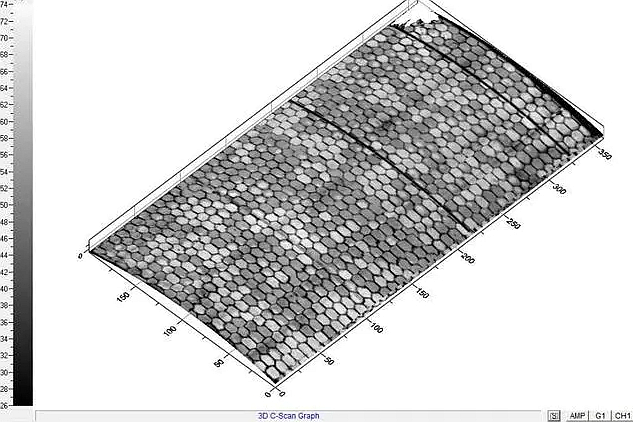
learn more
Water Immersion Ultrasonic Inspection

learn more
Line Array Industrial CT(GE)

learn more
Scanning Electron Microscope (SEM) Checking

learn more
Simultaneous Thermal Analyzer (STA) Checking
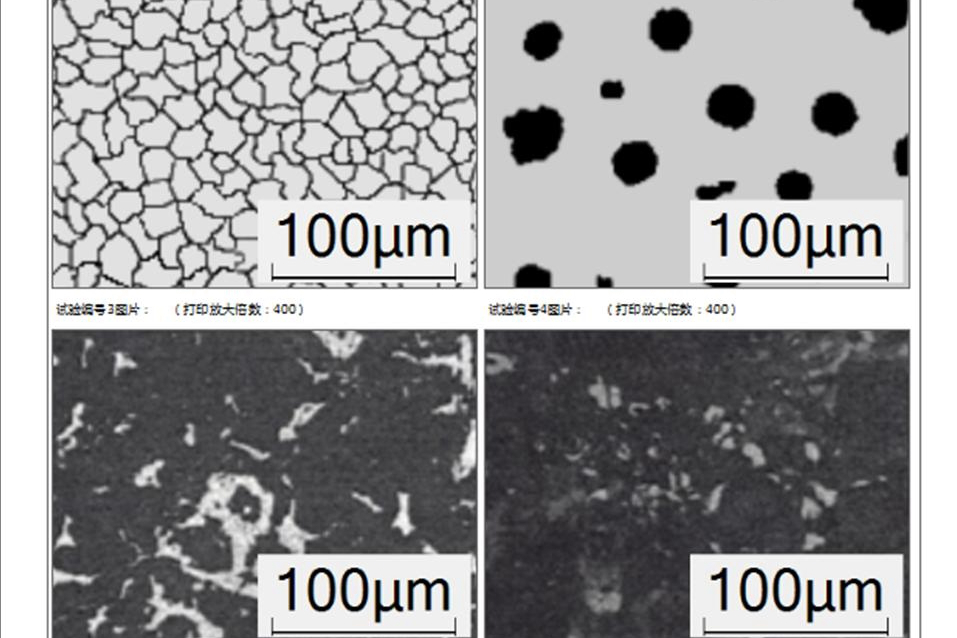
learn more
Metallographic Microscopy Checking
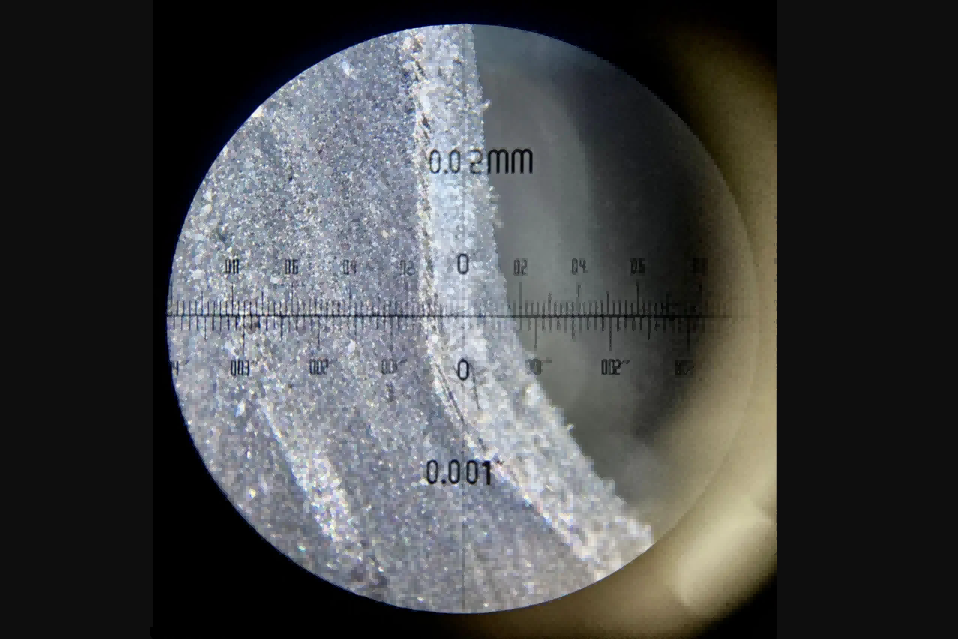
learn more
Stereo Microscope Checking

learn more
New Technology
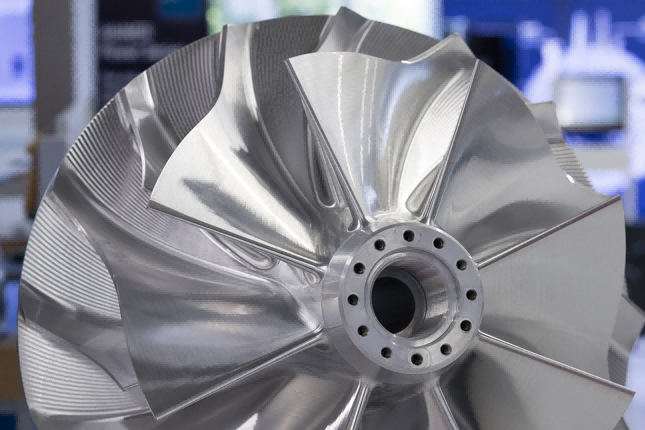
learn more
Products Gallery
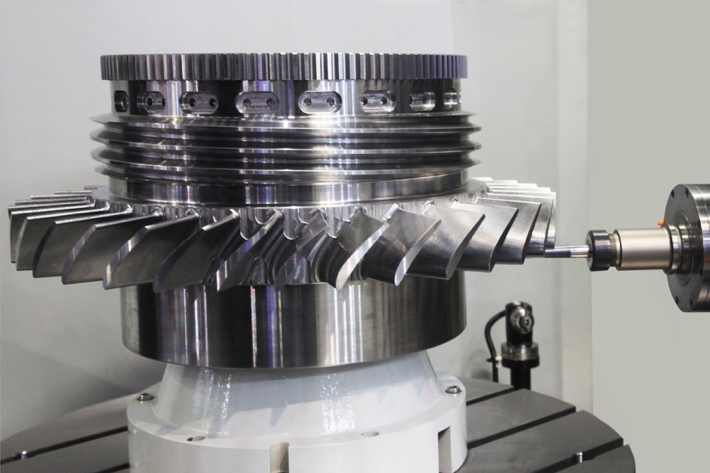
learn more
Various Industries

learn more
Surface Finishings

learn more
Post-Process

learn more
Manufacturing Technology

learn more
R&D and Simulation

learn more
Manufacturing Equipments

learn more
Testing Equipments

learn more
3D Printing Prototyping

learn more
FAQs

learn more
Contact
Let's Start A New Project Today












